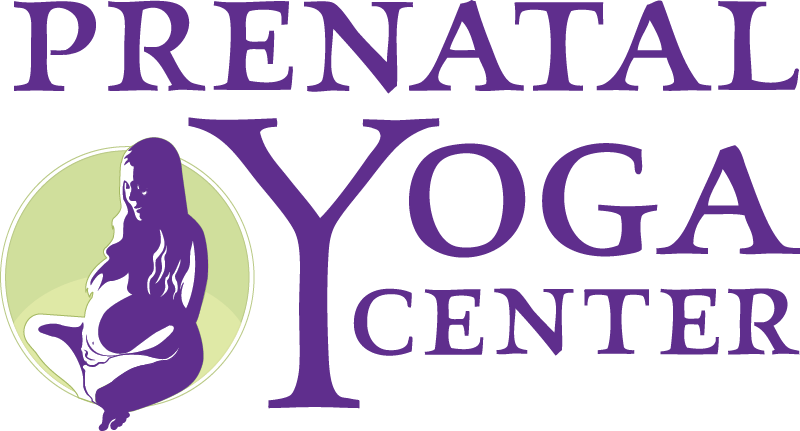Navigation
Final week, my son had a horrible tooth an infection that ultimately required surgical procedure. The antibiotics took almost a day and a half to kick in, and even with Tylenol and Advil, he was in relentless ache. By Thursday evening, he was utterly exhausted—his little physique tense, his breath shallow, and his nervous system caught in a state of misery.
I attempted each leisure and respiration method I knew from my doula days, hoping to assist him soften into the ache fairly than combat in opposition to it. However nothing was working. He was bracing, gripping, and resisting—his physique inflexible with discomfort. Then, virtually instinctively, I positioned my arms on his again and began to softly rock him. I watched as his shoulders softened, his neck launched, and his breath deepened. I rocked his hips and legs, and inside minutes, I may really feel the strain melting away.
I couldn’t consider I hadn’t tried this sooner! After we’re in ache—whether or not from a toothache, an damage, or labor contractions—our pure response is commonly to tighten up. We clench our muscle tissues, maintain our breath, and brace for affect. However this pressure truly amplifies discomfort, making ache really feel sharper and extra overwhelming. Light motion, like rocking or shaking, indicators to the nervous system that it’s secure to chill out, which may help launch muscle pressure, regulate breath, and shift the physique right into a extra manageable state.
How Motion Helps Regulate the Nervous System in Labor
Labor is an intense expertise, and identical to my son’s toothache, it may well set off a fight-or-flight response within the nervous system. After we understand ache, the sympathetic nervous system (the system answerable for survival mode) kicks in, getting ready us to combat, flee, or freeze. This response typically results in shallow respiration, muscle pressure, and a clenched pelvic flooring—all of which may truly decelerate labor and make contractions really feel extra painful.
Then again, motion and rhythmic contact assist activate the parasympathetic nervous system—the physique’s rest-and-digest mode. This shift encourages deep respiration, muscle leisure, and a way of security, which helps the physique’s pure potential to delivery.
One unbelievable method that makes use of this idea is “Shaking the Apple Tree” (initially Äpfel schütteln), developed by a German midwife. By gently and rhythmically shaking the hips, buttocks, and legs, this system releases pressure within the pelvic flooring, permitting the newborn to descend and rotate extra simply. When the physique is relaxed, the pelvic flooring is extra versatile, making means for smoother progress in labor.
Why Enjoyable the Pelvic Ground is Key for Delivery
Many individuals don’t notice that the pelvic flooring and jaw are deeply linked—each bodily and neurologically. Rigidity in a single typically displays pressure within the different. That’s why stress-free the jaw and utilizing low, open sounds (assume deep moans fairly than high-pitched yelps) can truly assist the pelvic flooring soften.
In labor, a tight pelvic flooring can gradual dilation and make pushing harder. It’s important to maintain this space as relaxed as doable to permit the newborn to descend easily. Listed below are some methods to encourage pelvic flooring leisure throughout labor:
- Shaking the Apples! Have a companion or doula gently shake your hips or higher legs. It’s almost unimaginable to remain clenched when your muscle tissues are being moved rhythmically!
- Light Jiggle. A really gentle jiggling of the sacrum or legs (assume the comfortable wobble of a panna cotta) helps launch fascia and encourage leisure.
- Calm down Your Jaw. Maintain your lips comfortable, your tongue resting on the backside of your mouth, and your jaw barely open.
- Use Open and Low Sounds. My longtime motto: “Open throat, open vagina!” The cervix and vocal cords share comparable tissue, and protecting the throat open encourages the pelvic flooring to do the identical.
Bringing Motion Into Your Delivery Plan
When planning for delivery, we frequently concentrate on positions and ache aid methods, however motion needs to be simply as a lot part of the equation. Whether or not it’s light swaying, rocking, jiggling, or “Shaking the Apples,” discovering methods to remain free and relaxed could make an enormous distinction in how labor unfolds.
If you happen to like the concept of hands-on assist throughout labor, be a part of us for our upcoming Comforting Contact for Delivery workshop! You’ll study “Shaking the Apple Tree” and plenty of different methods that can assist you really feel supported and empowered throughout delivery.
By understanding how the nervous system responds to ache and studying how one can soften into labor fairly than combat in opposition to it, you’ll be able to work with your physique fairly than in opposition to it—serving to to create a smoother, extra comfy delivery expertise.
Right here’s some further assets to get pleasure from!
On the Prenatal Yoga Middle, we maintain each in-person and on-line lessons for expectant and postpartum of us. To view our checklist of lessons for Prenatal and Postnatal Yoga click on the button under.
FAQs
What respiration workouts regulates the nervous system?
A number of respiration workouts assist regulate the nervous system by selling leisure and steadiness. Sama Vritti (even fluctuations) of 4 counts in and 4 counts out, calms the thoughts, whereas alternate nostril respiration enhances psychological readability. Prolonged exhale respiration and sighing breath activate the parasympathetic nervous system, decreasing stress and pressure.
Can I transfer by out my labor?
Sure, motion throughout labor may help handle ache, encourage optimum fetal positioning, and assist progress. Altering positions, strolling, swaying, and utilizing a delivery ball can improve consolation and effectivity in labor. All the time hearken to your physique and alter as wanted.
How far into my being pregnant can I follow yoga?
You may proceed your yoga follow proper as much as delivery.


